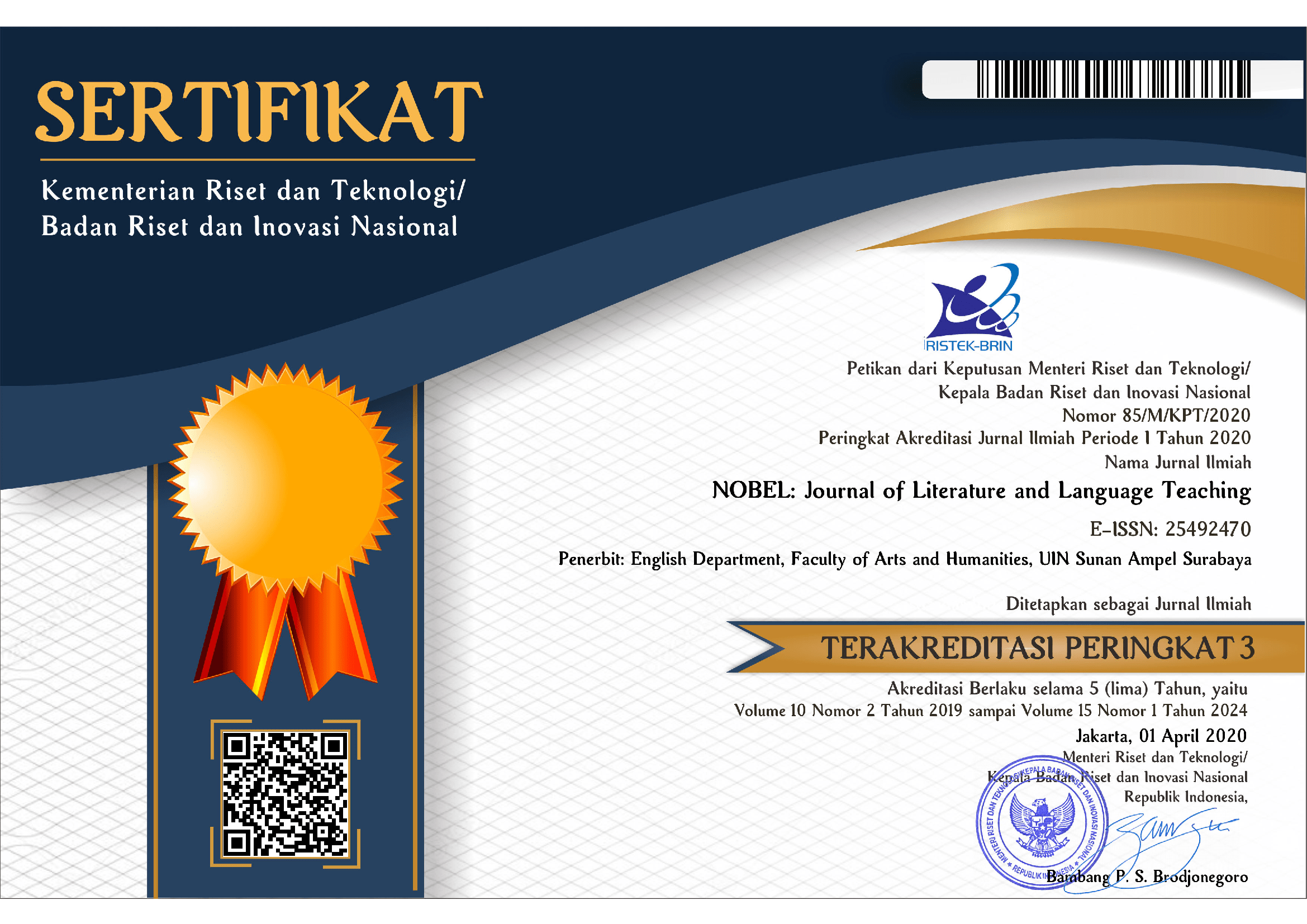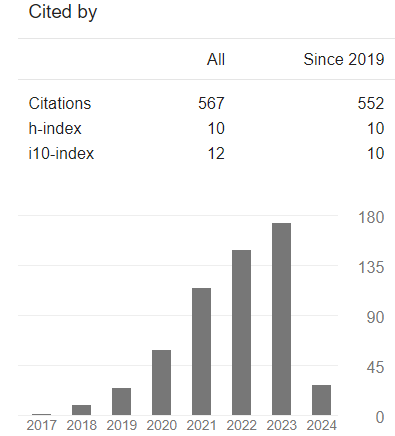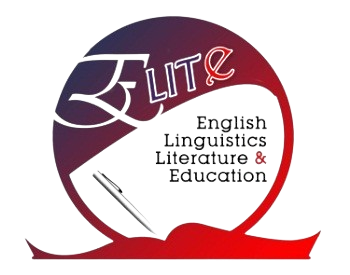Character Education Values in English Classroom Within Teachers’ Practice of Code-Mixing and Code-Switching
DOI:
https://doi.org/10.15642/NOBEL.2023.14.2.248-257Keywords:
character education values, code-mixing, code-switchingAbstract
The multilingual environment in English language learning as a foreign language raises doubts regarding the existence and teaching of character education values in secondary schools. This research aims to identify character education values integrated into teacher-student interactions through code-mixing and code-switching linguistic phenomena. The research findings highlight the integration of 16 values through code-mixing and code-switching. The frequency of code-mixing by high and junior high school teachers was notably higher than code-switching. The disparity in these data outcomes reinforces the notion that the atmosphere tends to be relaxed in code-mixing, often unnoticed by speakers. Conversely, code-switching, where speakers, in this case, teachers, consciously do so with specific intentions and goals, either to integrate dominant character education values such as communication or discipline or other character education values. These findings underscore that code-switching and code-mixing are not negative elements in language learning. Instead, they serve as tools for integrating character education values among secondary school students.
Downloads
References
Chaer, A., & Agustina, L. (2004). Sosiolinguistik: Perkenalan awal. Rineka Cipta.
Davis, C. W. (1996). Integrating language, culture, and literature in teacher-produced ELT materials. In J. J. E. (Ed.), The Language – Culture Connection (pp. 189–205). SEAMEO Regional Language Centre.
Kemendiknas. (2010). Pembinaan pendidikan karakter di sekolah menengah pertama. Kemendiknas.
Koesoema, D. A. (2010). Pendidikan karakter: Strategi mendidik anak di zaman global. Grasindo.
Kuntoro, S. A. (2012). Konsep pendidikan berbasis kearifan lokal sebagai dasar pembentukan karakter bangsa. Prosiding Seminar Nasional Ilmu Pendidikan.
Lickona, T. (2019). Pendidikan karakter: Panduan lengkap mendidik siswa menjadi pintar & baik. Nusamedia.
Rulyandi, R., Rohmadi, M., & Sulistyo, E. T. (2014). Alih kode dan campur kode dalam pembelajaran bahasa Indonesia di SMA. Paedagogia, 17(1), 27–39. https://jurnal.fkip.uns.ac.id/index.php/paedagogia/article/view/5258
Suandi, I. N. (2014). Sosiolinguistik. Graha Ilmu Press.
Sudirman, N. (1992). Ilmu Pendidikan. Remaja Rosdakarya.
Sudrajat, A. (2011). Membangun sekolah berbasis karakter terpuji. Universitas Negeri Yogyakarta. http://staff.uny.ac.id/sites/default/files/Membangun Kultur Sekolah Berbasis Karakter.pdf
Suwito. (1983). Sosiolinguistik teori dan problema (2nd ed.). Henary Offset Solo.
Suwito. (1996). Sosiolinguistik. Universitas Sebelas Maret Surakarta
Trumbull, E., & Rothstein-Fish, C. (2009). Cultures in harmony. In M. Scherer (Ed.), Engaging the Whole Child: Reflection on Best Practices in Learning, Teaching, and Leadership. ASCD (the Association for Supervision and Curriculum Development).
Wijana, I. D. ., & Rohmadi, M. (2012). Sosiolinguistik (Kajian teori dan analisis). Pustaka Belajar.
Zuriah, N. (2010). Pendidikan kewarganegaraan multikultiral sebagai wahana pendidikan hukum dan kesadaran berkonstitusi. Jurnal Wawasan Yuridika, 23(2), 207–222. https://doi.org/10.25072/JWY.V23I2.13
Downloads
Published
How to Cite
Issue
Section
License
Copyright (c) 2023 NOBEL: Journal of Literature and Language Teaching

This work is licensed under a Creative Commons Attribution 4.0 International License.







